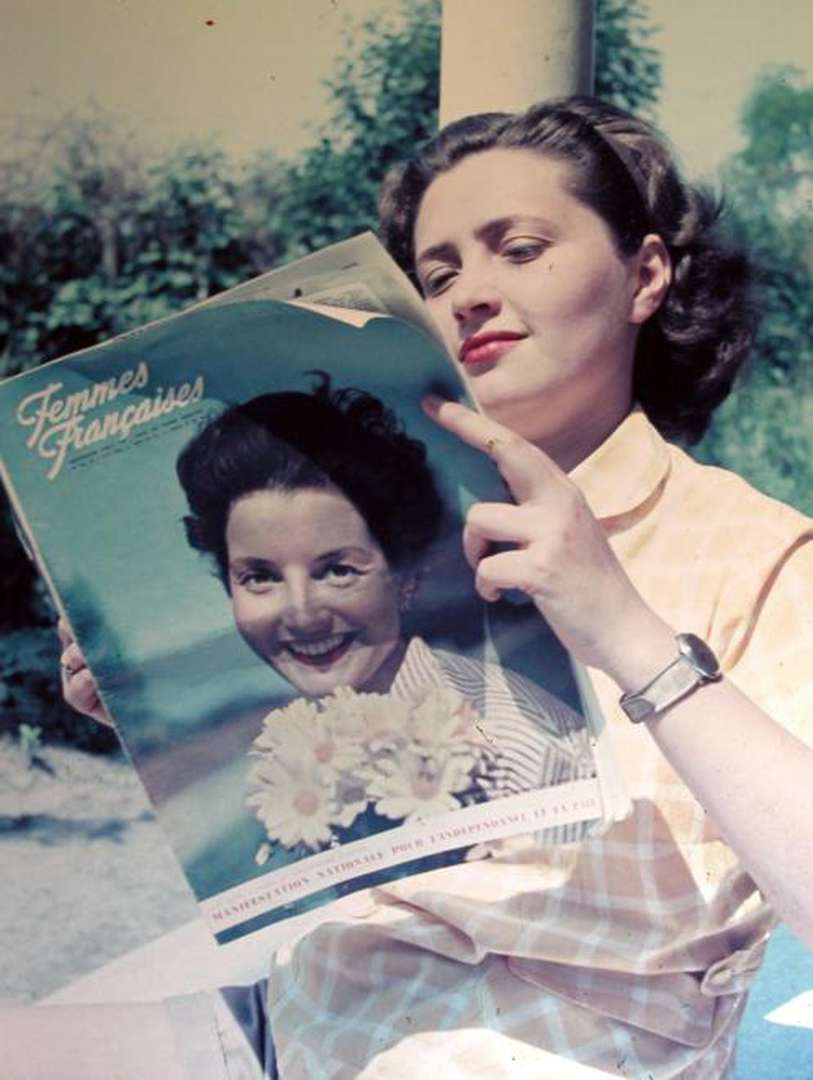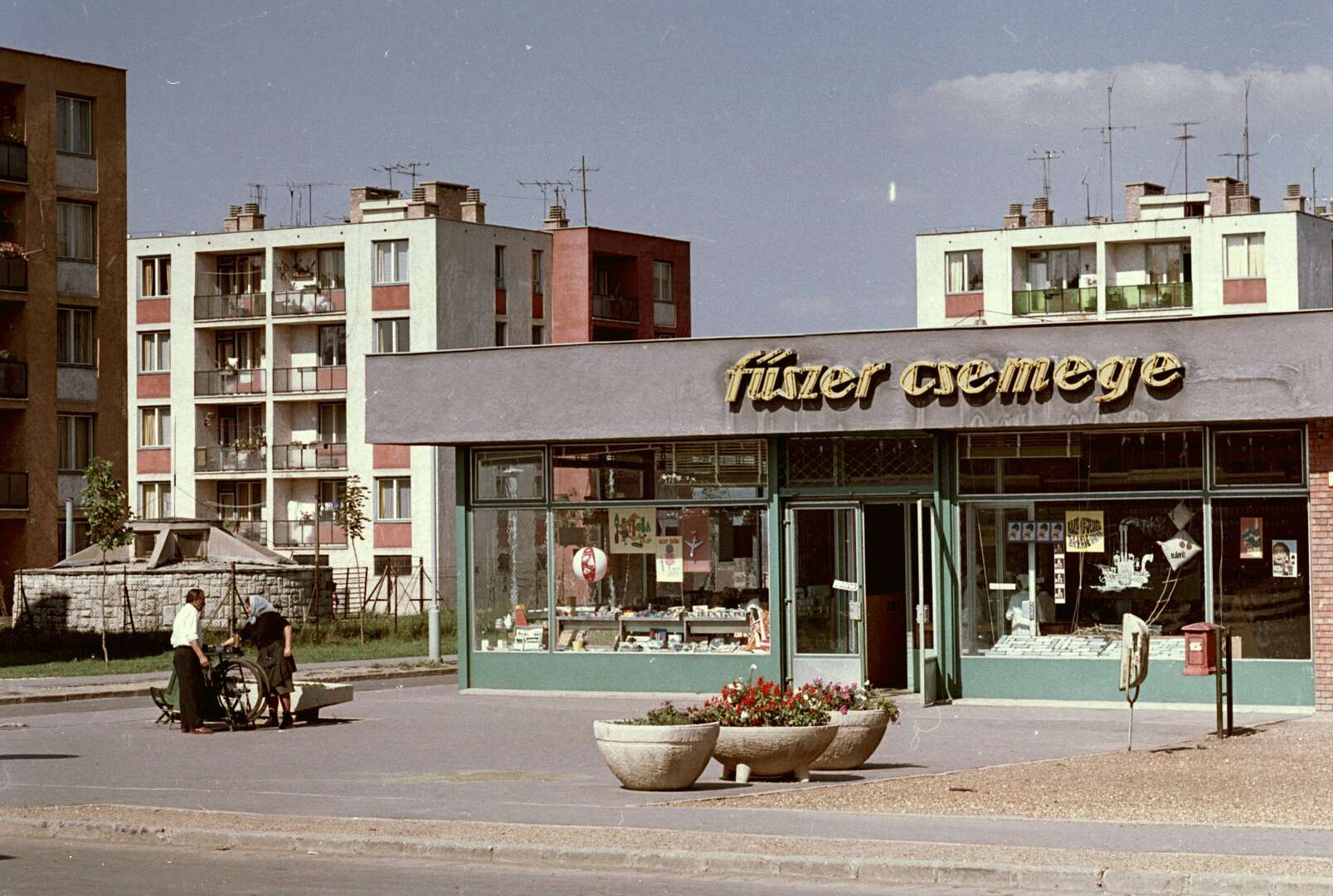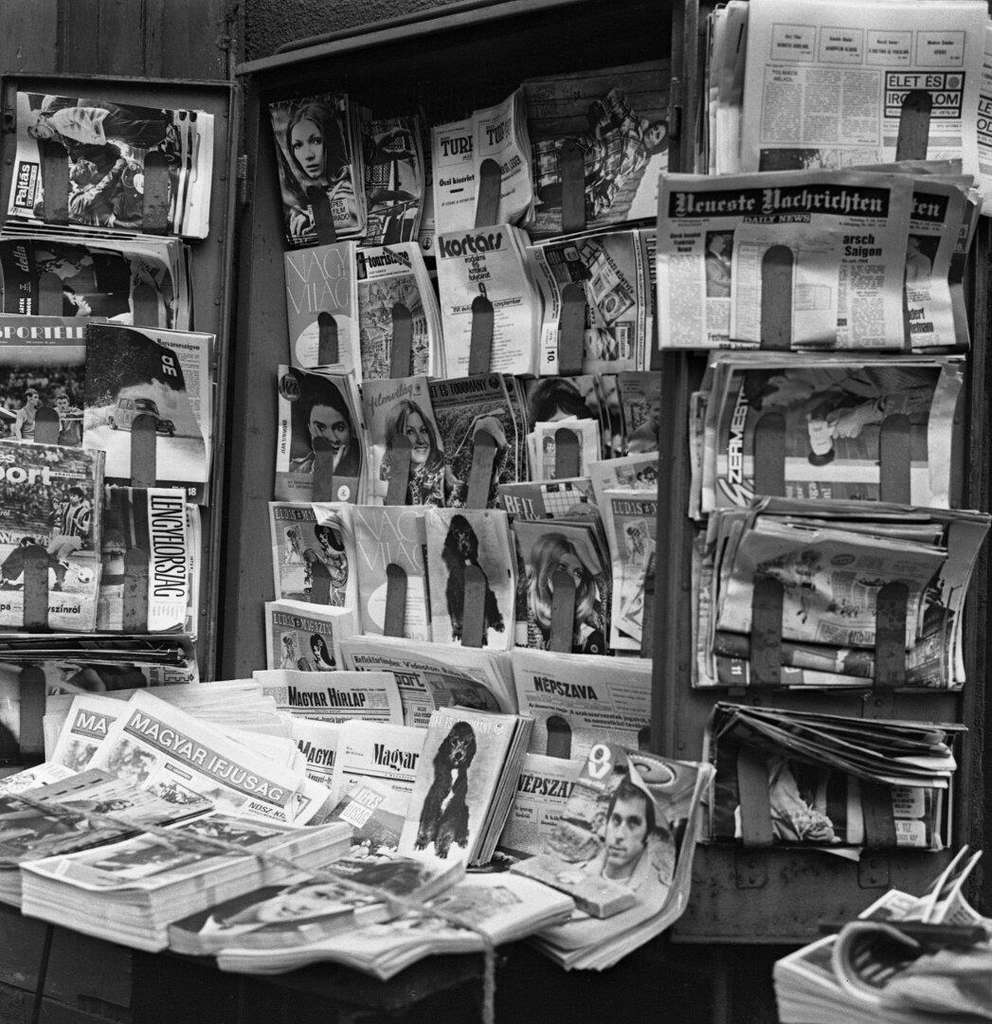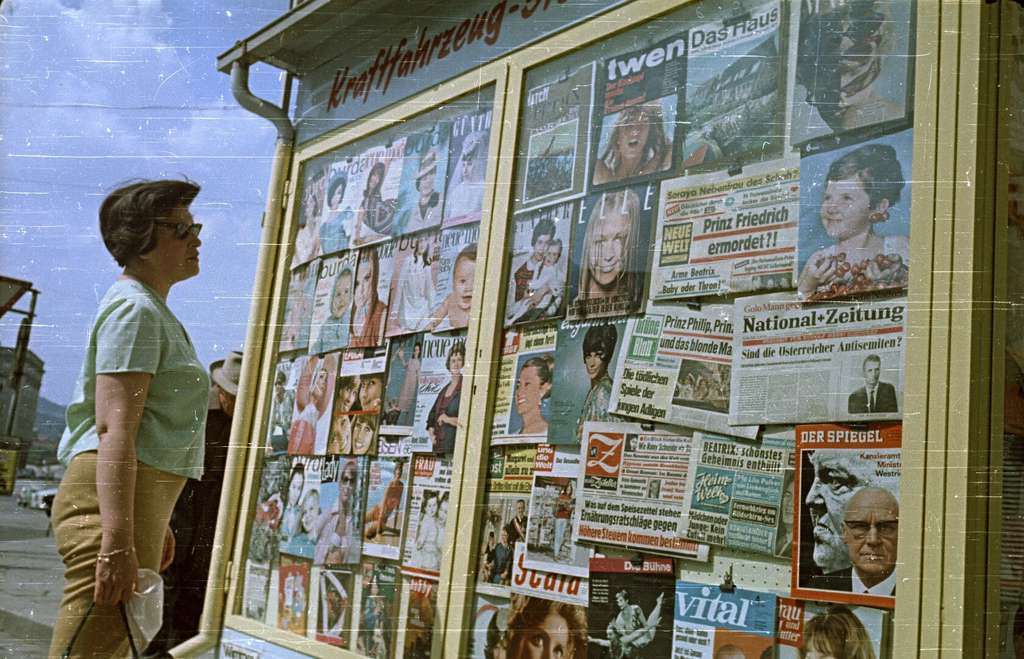No other European minority has ever been - and is still to this day - as strongly in the focus of photography as the Roma. The very first photos of them were taken just a few years after the new photographic process was publicly announced in 1839. These pictures were taken by the Austrian military pharmacist and photographer Ludwig Angerer between 1854 and 1856 in Romania. As Roma found themselves increasingly the object of state repression in the final years of the 19th century, photographs portrayed them as “dangerous elements”. In Nazi Germany in the 1930s, this repression culminated in systematic persecution and, ultimately, genocide.
Against the Grain – Photographs of Roma und Sinti and the Power of the Archives
The stock of images from these years include pictures for racial biology and racial anthropology as well as photographic documentation of the persecution and deportation of Roma to the Nazi concentration and extermination camps. This history of persecution was hardly addressed in the first decades following 1945, not even in images. Popular iconography (e.g. in volumes of photography and magazines) held on to the romanticizing and discriminatory portrayal of Roma, as though nothing had happened between 1933 and 1945.
This perspective was first revised – at least in West Germany – in the 1970s and 1980s, if only to a limited degree. Under the influence of political and social civil rights movements, a dialogue began between the majority society and the Sinti and Roma. Public representation was diversified. These emancipatory developments were reflected in photography. Many representations still over-simplified their subjects, but these were complemented by photo projects which showed the Roma minority as equals.

A large part of the photographic record, spanning over 160 years, is now housed in public and private archives and collections. As we are concerned with the history of the visual representation of Roma, we cannot therefore avoid looking briefly at the structures and practices of these archives. In the course of their purchasing and acquisition policies, as well as their management of the stock (from grouping images thematically to writing captions), archives play a substantial role in determining the meaning and interpretation of the images.
What was the role of these archives in forming and solidifying the meaning of images of Roma? What possibilities are available to look at historical photos, which seem trapped in the vise of frequently racist archival knowledge, in a new and different way? To put it differently: how can photographs of Roma be read, interpreted and published in a way which adequately reflects our current level of awareness and research?
How should and how can we deal with stereotypical images and their original captions in practice? What to do with pictures which were often taken, collected and captioned in a racist context? One thing is clear: banning the images, a plain refusal to show them, does not solve the problem. However, a simple “correction” of the captions would not do justice to the historic complexity of these images. It is more meaningful to reflect on archival practices which assert and solidify meaning, and to include the findings won from this process in the interpretation and presentation of the pictures.
Anyone who wants to engage critically with the photographs of Roma and wants to avoid being taken in by the widespread stereotypes must be prepared to do research in the archive, on site. This is the only way in which it is possible to get supplementary information regarding the context in which the pictures were taken. Luckily, many archives contain references to the customers who commissioned the photo projects, and often also to the social and political context of the collection, (a surprising number of German and Austrian photo collections of Roma were created in the Balkans during and shortly after the First World War), as well as references to their original purpose, their original captions or whether and where they were published at the time. All this information helps to identify the layers of historical meaning in the examined photographs – or, in other words, go against the grain of their original meanings.
Upon examination of many historical volumes containing photographs of Roma, certain structures in the photographic record become more clearly apparent. First, the photographs which are preserved in archives today are not “neutral” documentary images. These are in large part visual documents which are embedded in suggestive, stereotypical and/or racist constellations of meaning. If these images are reproduced today without commentary or context, their racist logic will be carried forward. Second, almost all of the photographs of Roma preserved in the archives and used in the media which were taken before the middle of the 20th century were taken by non-Roma photographers. This fact has major consequences for the meaning and the interpretation of the images. Thus, if we look at the historical photographs of Roma in the archives, we should always be aware that the overwhelming majority of these pictures were taken and collected to show and represent a different, foreign culture often perceived as inferior. In most cases, we still do not know who the people in the pictures are.

Archives tend to naturalize their holdings, that is, to ignore or suppress the origin and history of their images. For instance, the fact that many photos of Roma traveled a long way in the luggage of photographers, collectors, members of the army or travelers (e.g. from the Balkans to Central Europe), before ending up in an archive has often not been taken into account properly. In the eyes of the original producers and those who commissioned the work as well as its viewers, this was a journey from the “uncultivated” periphery of Europe to the centers of Western civilization. This logic of transporting images from the places where they were taken to be presented as curiosities in the big cities is just one facet of this broad issue that is comparable to the circulation of photos in the colonial context.


Ultimately, let us note that photographic images of Roma are not “innocent” documents. The power relations in society form the context in which they were created and preserved, and they are always inscribed in them. It is necessary to make this “framing” of society visible and comprehensible, even if this process of “going against the grain” is often a laborious process.
Anton Holzer is a photo historian, publicist, exhibition curator and editor of the magazine "Fotogeschichte". www.anton-holzer.at
Rights held by: Anton Holzer (text) — Agi Bezeczky (translation) | Licensed by: Anton Holzer (text) — Agi Bezeczky (translation) | Licensed under: CC-BY-NC-ND 4.0 International | Provided by: RomArchive



